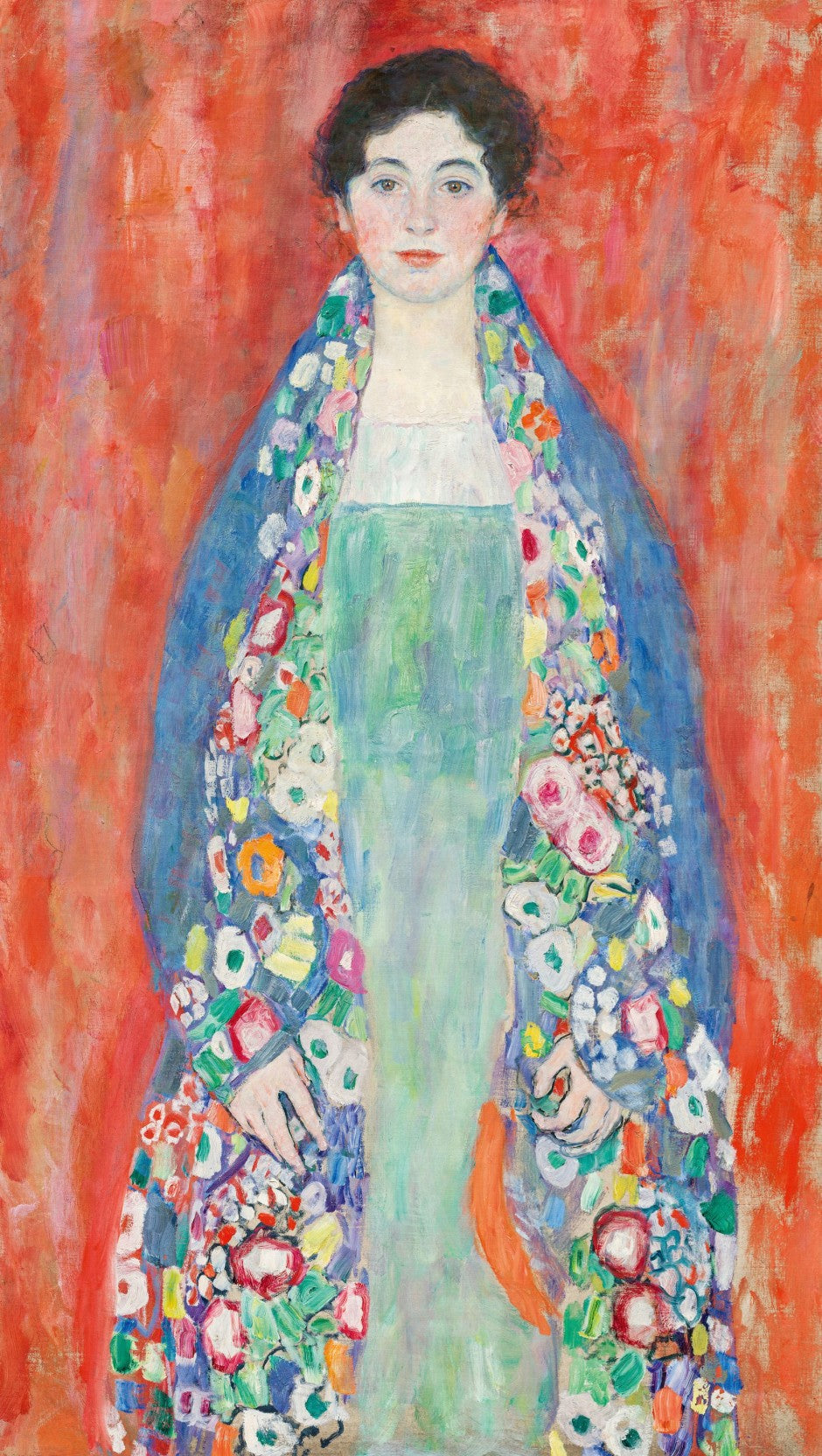Description
Klimt's look: revealing Fräulein Lieser (sold in 2024 at an auction for USD 32 million)
In the vast universe of art, there are works that capture the spirit of an era with such vividness that they become eternal. Within Gustav Klimt's work, master Undisputed of symbolism and modernism, we find jewels that go beyond the visual to touch the deepest fibers of the human being. One of these works is the portrait of Fräulein Lieser, a piece that encapsulates the essence of women in Vienna of the early twentieth century through Klimt's unmistakable lens.
This portrait is a fascinating study not only for its aesthetic beauty, but also for the technique and symbolism that Klimt uses. Unlike his contemporaries, Klimt not only sought to capture the physical appearance of his subjects, but aspired to reveal his internal psyche, his social status and his personal character through his art. Fräulein Lieser is no exception to this methodology.
The work stands out for the characteristic use of Klimt of textures and ornamental patterns. The background, richly decorated with golden and geometric motifs, contrasts and at the same time complements the figure of Fräulein Lieser, whose presence is both serene and enigmatic. This use of gold not only evokes the opulence of the time, but also has connotations of the divine and the eternal, attributes that Klimt frequently assigned to his female figures.
Fräulein Lieser's dress, detailed with meticulousness, flows in textures that can almost be felt in touch. These details are not merely decorative; They are a window to the social status of Lieser and fashionable of the time, elements that Klimt manipulated to increase the depth and contextualization of their portraits.
Lieser's expression, captured on the canvas, is introspective and slightly melancholic, an choice that reflects the complexity of his person. Klimt does not conform to a simple representation; Find an emotional connection between the subject and the spectator, a silent dialogue that is established through the look and position of the portrayed.
In the context of modernist Vienna, this portrait was not only an artistic statement, but also a social comment. Klimt, often surrounded by controversy for his bold explorations of sexuality and psyche, used his art to question the established norms and explore the human condition. Fräulein Lieser, in this sense, becomes a symbol of modern women, trapped between tradition and modernism, between oppression and liberation.
The portrait of Fräulein Lieser is, therefore, much more than a mere visual representation; It is a key piece to understand not only Klimt's art, but also the Zeitgeist of an era. When observing this work, we are invited not only to admire Klimt's ability as a painter, but also to reflect on the society he portrayed and the lives of those who lived within it.
In conclusion, this portrait is not only a celebration of aesthetic beauty, but a powerful testimony of the ability of art to communicate complex ideas and deep emotions. It is an invitation to get lost in details and find in them the universality of human experience.





